Partner Information: Kyoto, the former capital of Japan for a thousand years was more than just the capital, it was the centre for beauty and culture. Kyoto's unique culture, handed down over many generations, continues to evolve even today. Kyoto’s traditional industries have overcome many adversities: wars, natural disasters, fires and losing its status as the national capital; however, the artisan community has worked hard to uphold traditions and innovate. Many traditional industries have been passed down from generation-to-generation as family businesses. Kyoto City offers visitors a number of ways to learn about and experience them: a museum and an artisan concierge, gives visitors the opportunity to visit the workplaces of the local craftspeople and artisans.
Here we introduce two families who have been involved in Kyoto's traditional industries for many generations. We show how they have brought their centuries-old crafts into the modern day.
The Uenaka Brothers – Kinsai (gold leaf) gilding and Kyo-Yuzen dyeing
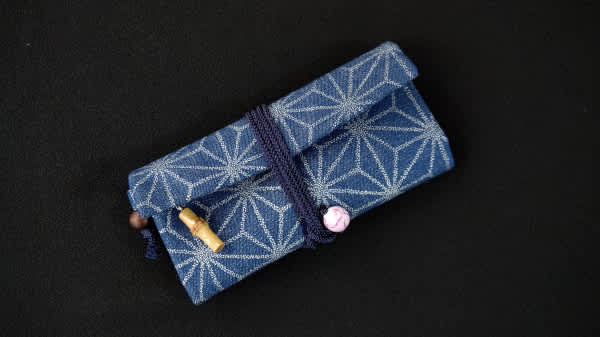
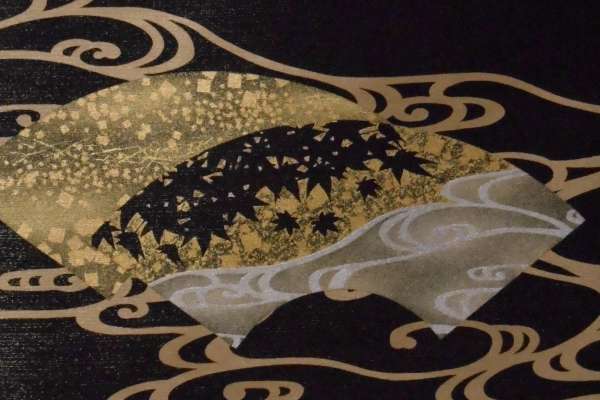
Teruhiro’s younger brother, Masashige, loved drawing from a young age and made use of his talent by transforming himself into a Kyo-Yuzen craftsman. Kyo-Yuzen is a delicate dyeing technique meticulously done by hand and painted with a brush just like a fine painting. The pattern is dyed by placing a thread-like glue on the outline of the picture. The glue acts like a river dyke: adjacent colours can be clearly defined without blurring. As the entire process of Kyo-Yuzen dyeing involves no less than 20 steps, it is common practice in Kyoto to divide up the labour. Masahige, however, performs all 20 of the steps himself to ensure he completes each work of art as he originally envisaged.
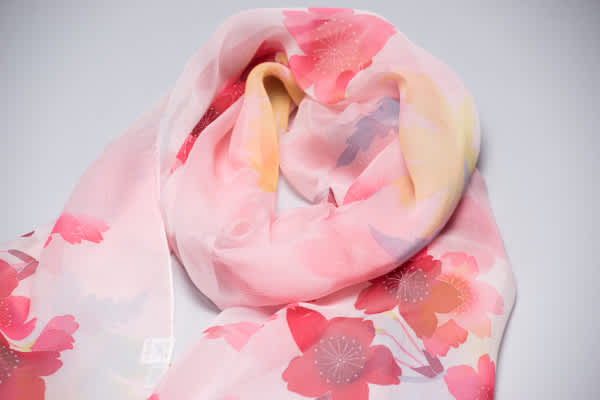
Masashige has kept up with the times by applying the traditional techniques and sensibilities of Kyo-Yuzen dyeing to scarfs and other Western clothing. The fabric of the fine silk and cashmere scarves Masahige uses as his canvas for his charming artworks further accentuate the delicate beauty of hand-painted Kyo-Yuzen. In addition to fabrics, he also applies this technique to other mediums such as leather, bangles and business card holders. Sometimes, at a customer's request, Teruhiro applies gold leaf to fabric dyed by Masashige, a beautiful collaboration between the two talented brothers.
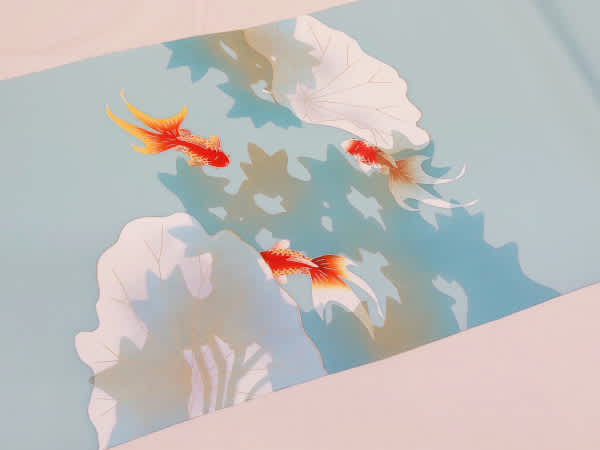
The Kojima Brothers – Kyoto-style Lantern Makers
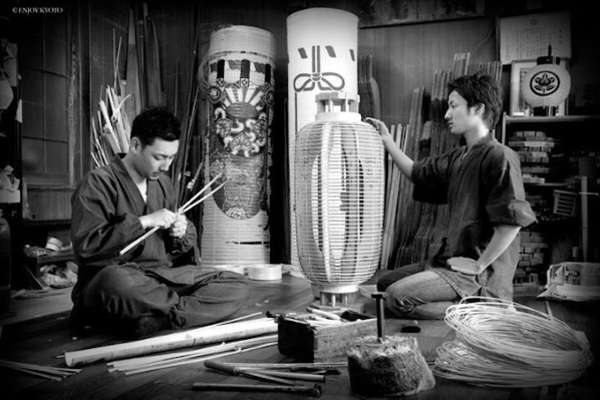
Kyoto lanterns are an indispensable part of the cityscape aesthetic of Kyoto and its many festivals. The Kojima Brothers are the tenth generation of their traditional Kyoto lantern-making family business, Kojima Shoten, which has been in business for over 200 years. The brothers have inherited a traditional method of making Kyoto hanging lanterns known as the 'jibari-shiki' style originally from the southern part of Kyoto.

The frame in the middle gives the lantern its shape: it is all done by hand, first by splitting one bamboo lengthwise into about 150 pieces. The older brother, Shun, does the bamboo splitting, then fashions the strips into rings and attaches them with thread. Younger brother, Ryo, then pastes the paper on top of the bamboo rings. Finally their father, Mamoru, paints the lanterns. Their skills as lantern-making artisans are rare in Kyoto today. Until now, Kojima Shoten had been doing business as a wholesaler of traditional lanterns, but the brothers have recently incorporated new designs suggested by their clients to keep pace with today's trends and lifestyle changes.
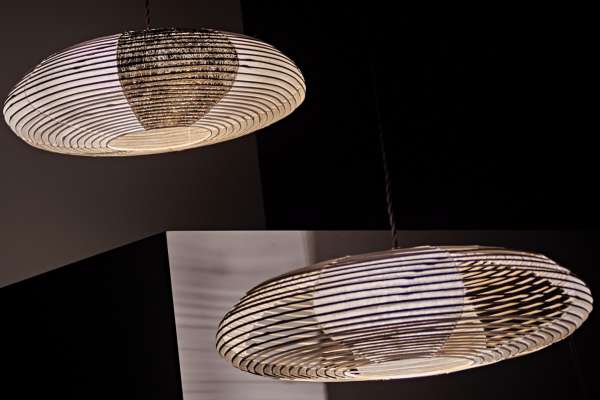
At present there are 74 traditional industries in Kyoto. They are a diverse variety of businesses that not only support Kyoto citizens but also people all over Japan. It is a rarity in the modern world for one city to be able to boast of so many different types of traditional industries.
How to discover and learn about our traditional industries when in Kyoto:
Visit the Museum:
Kyoto Museum of Traditional Crafts (also known as the Fureaikan) reopened after renovations in March 2020. Visitors can see examples of the 74 traditional industries of Kyoto, as well as collaborative art and design with more modern takes on the various disciplines. In addition, a section of the gallery even has live demonstrations by skilled local craftspeople. There is also an exhibition that tells their personal stories so visitors become more familiar with the people behind Kyoto's traditional industries.
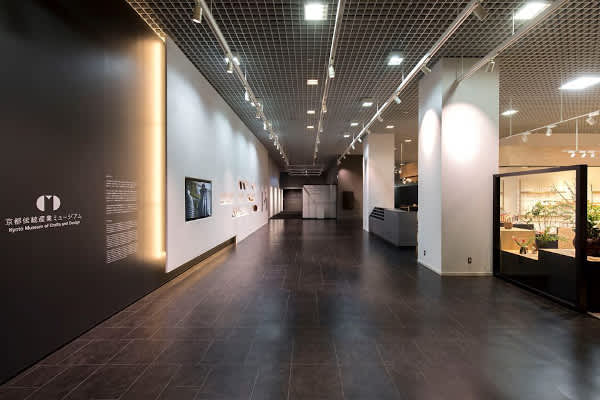
Atelier Visits:
Kyoto Artisans Concierge is an online service where visitors can book visits to the studios of Kyoto’s artisans – it doesn't get any more authentic than this! Kyoto City invites visitors to discover the hidden treasures of Kyoto for a valuable and unique travel experience. Experiences take place in the artisans' own workplaces and include observations of the artisans at work, general explanations and hands-on experiences. Rates differ depending on the artisan and experience; we also recommended you take a translator/guide along with you.
NB: Kyoto City is actively taking measures to prevent the further spread of COVID-19. Visits to venues can take place under their guidelines. Please consult the venues' official websites to confirm details. Up-to-date information on venue restrictions can be found in the Kyoto City Official Travel Guide.




























































